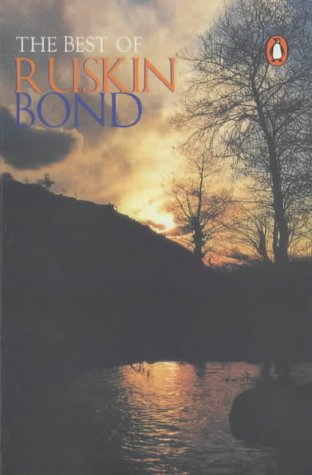
This book was given to me as part of the #TSBCChallenge. What is that, you ask? Well, I direct you to go & read this: http://tsbookclub.wordpress.com/2013/12/15/the-tsbc-challenge/
The book's blurb reads: "In this wonderful blend of adventure and travel writing, Michael Palin journeys from the forests of North Michigan to the battlefields in Italy and the sites of the Spanish Civil War. He encounters the running of the bulls in Pamplona and the Fallas festival in Valencia, as bar-hopping in Cuba, marlin fishing and daiquiris helps unravel some of the myths surrounding Hemingway's life."
The book is an attempt by the author to recreate the well-known writer Ernest Hemingway's life by travelling to all those places where he stayed and experiencing some specific events there. In Palin's words, "Hemingway's world was close and uncomfortable and itchy and sweaty and frequently exhausting...This stuff was too good to be wasted on school exams. I must be bold and fearless and go out there and do it myself."
Since #TSBC had dared me to read this book, I could not leave it unfinished :) However, I need not have worried. I love travelling and this book is a semi-travelogue. The book is a collaborative effort between Palin and the BBC. Basil Pao has captured the wonderful photographs that are so generously spread out throughout the book.
The author begins his journey in Chicago & Michigan and then travels to Italy, Paris, Spain, Key West, Africa, Cuba and lastly the American West. At each of these places, Palin attempts to give us a sense of what Hemingway would have experienced/gone through. In his inimitable style, he also gives his probable reasoning for the events and Hemingway's reaction on the same.
The book not only captures the unique sights & sounds of each place but also puts a lot of Hemingway's life into perspective for us. Says Palin, "What terrified him [Hemingway] most was not losing his life but losing his mind; losing the ability to write."
In Spain, he gets a chance to witness the bulls running. According to the author, "There is something intoxicating and dangerous and reckless in the way the Spanish celebrate, which is what must have drawn Hemingway to their way of life." In Africa, Palin feels, "Mortality, of one kind or another, always feels close at hand."
I loved Palin's explanation for why he felt Hemingway travelled so much - "I reflect that what motivated Hemingway to travel, apart from natural curiosity, was a mixture of boredom and boastfulness." Don't we all experience that sometimes? I know I do.
The most interesting part about the book is the way Palin meets and mingles with people who may have interacted with Hemingway or who can shed some more light on the writer. Also, the author keeps mentioning Hemingway's books at specific points in time in the book - it helps us see how or what influenced Hemingway to write about a particular incident or place.
The only negative for me was I felt, at times, Palin forgot he was undertaking the adventure for Hemingway, i.e. his personal interests took precedence. Thankfully, that was only in a few places.
In a nutshell, pick up the book if you like Hemingway. Even if you don't, you can still pick it up and travel the world - from the US to Africa to Europe - all from the comforts of your couch :) And since the book was written in 1999 [15 years back], it's interesting to read about things/perspectives at that point in time.











